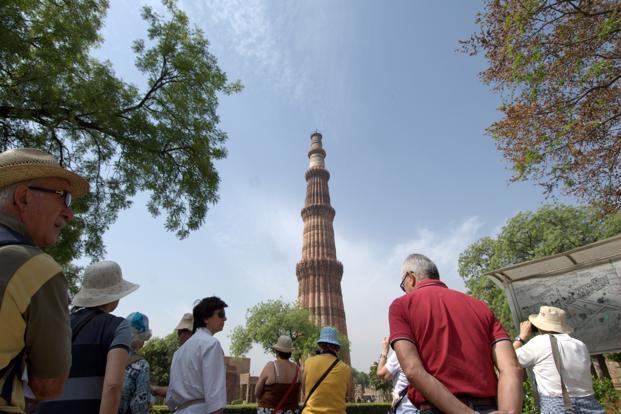What is the Best Time to Spend Holidays in India ?
April 11, 2016
India’s weather is extremely varied, something you must take into account when thinking about the best time to travel. The most influential feature of the Subcontinent’s climate is the wet season, or monsoon. This breaks on the Keralan coast at the end of May, working its way northeast across the country over the following month and a half. While it lasts, regular and prolonged downpours are interspersed with bursts of hot sunshine, and the pervasive humidity can be intense. At the height of the monsoon – especially in the jungle regions of the northwest and the low-lying delta lands of Bengal – flooding can severely disrupt communications, causing widespread destruction. In the Himalayan foothills, landslides are common, and entire valley systems can be cut off for weeks.

India showcases a vast assortment in terms of climate and weather conditions. With a continues flow of tourists coming into India standing round the clock. Each season has its own extremities and pleasant times. There is a huge contrast in the weather of each zone, be it south or north. Hence, each destination experiences a flow of tourists depending upon its weather / climate conditions.
By September, the monsoon has largely receded from the north, but it takes another couple of months before the clouds disappear altogether from the far south. The east coast of Andhra Pradesh and Tamil Nadu, and the south of Kerala, get a second drenching between October and December, when the “northwest” or “retreating” monsoon sweeps in from the Bay of Bengal. By December, however, most of the Subcontinent enjoys clear skies and relatively cool temperatures.

As the weather is divided into three distinct seasons i.e. winter, summer and monsoon, the flow of tourists segregates according to their preference. The period between October and February, which is regarded as the winter season and seen by many as the best time to visit India. During this time temperatures are cool and dry, making the ideal conditions to take in the highlights and hidden gems of India. Temperatures will always be warmer in the south, with comfortable coastal beach weather.
The best time to visit most of the country, therefore, is during the cool, dry season, between November and March. Delhi, Agra, Varanasi, Rajasthan and Madhya Pradesh are ideal at this time, and temperatures in Goa and central India remain comfortable. The heat of the south is never less than intense but it becomes stifling in May and June, so aim to be in Tamil Nadu and Kerala between January and March. From this time onwards, the Himalayas grow more accessible, and the trekking season reaches its peak in August and September while the rest of the Subcontinent is being soaked by the rains.
